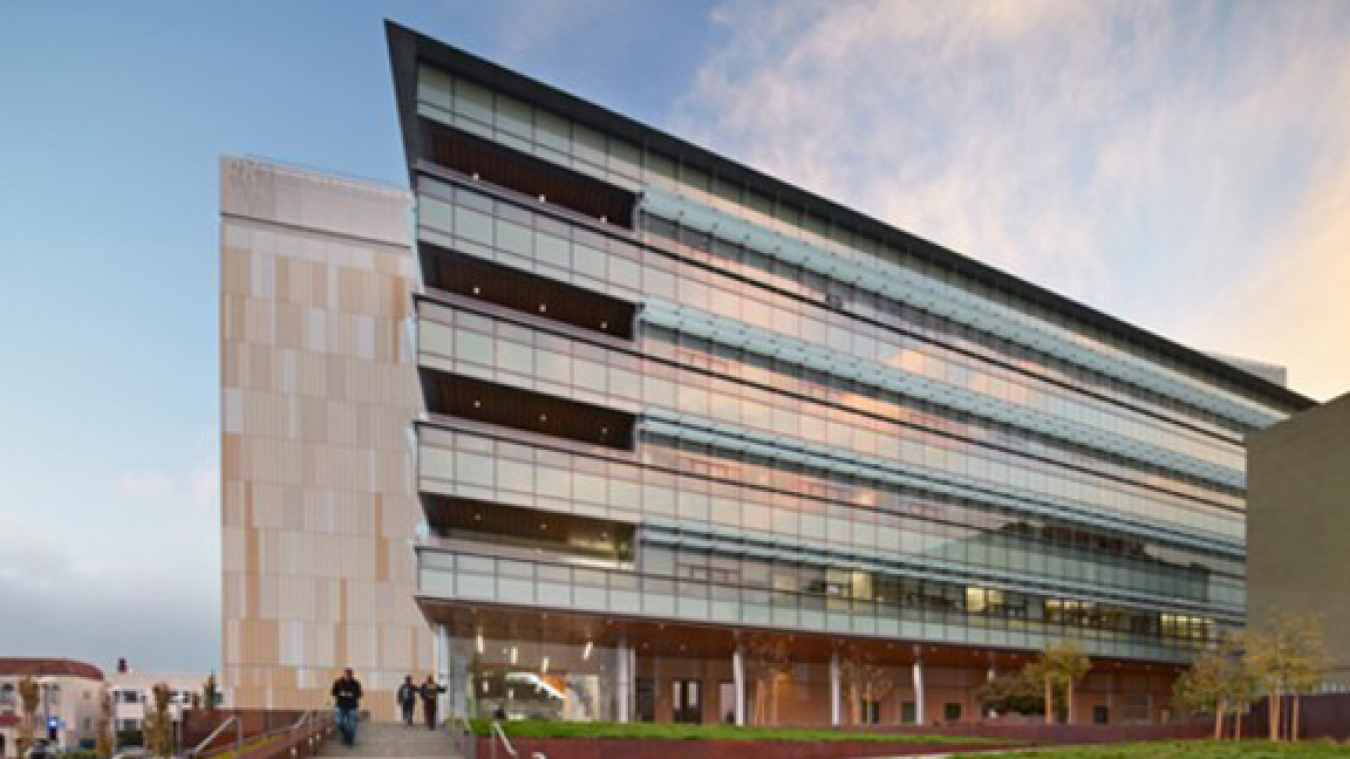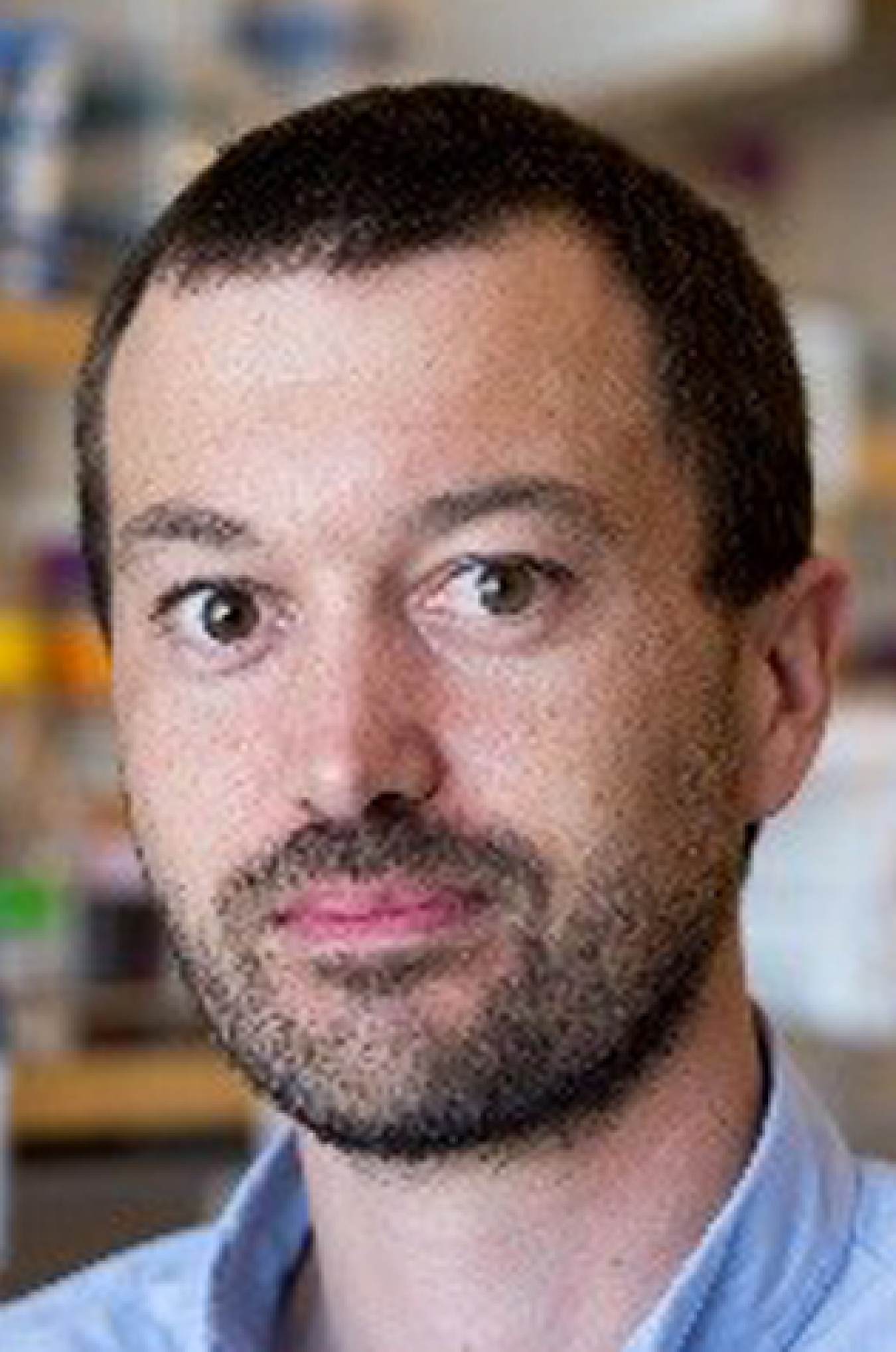
The Energy Biosciences Institute at the University of California, Berkeley.
"An eye-opening experience about the possibilities in life and science beyond our small corner of the world," is how Dave Savage remembers his time competing in the regional round of the U. S. Department of Energy's (DOE) National Science Bowl® in 1996 and 1997.
Savage grew up in a small community in the rural Midwest. Mount Pleasant, Iowa is classic Small Town, America – where getting your driver's license is celebrated by the ritual of cruising the strip. Today Savage resides in Berkeley, California, an assistant professor of biochemistry, biophysics, and structural biology at the University of California, and he credits his high school science bowl experiences for jumpstarting his career.
The science teacher at Mount Pleasant Community High School started Savage on his road to university professorship. Savage recalls his team as "a bit of a ragtag bunch. There was no real formal quiz bowl program, except that our chemistry teacher, Cal Litwiller, organized quiz bowl teams with students from his class and he really went out of his way to encourage us." The team consisted of four students: Savage, Brennan Beavers, Matt McCormick, and his younger brother, Doug McCormick. "We were interested in trivia and all had an aptitude for science and Cal picked up on that."
Savage competed in the DOE science bowls in his junior and senior years. "The first year at the DOE event was pretty overwhelming. It was clear that we were overmatched and I remember watching Ames High School, who traditionally was the best in Iowa, steamroll over teams.
"In particular, I remember the Ames team nailing several biochemistry questions in a row, and I had never even heard the words before," remembers Savage. "I sometimes think about that before I give a biochemistry lecture now and laugh."
"In the first year we did all right but did not make the elimination round, and I recall all of us thinking we could do better."
The same team members came back the next year to the regional competition. "We made a run and beat several very good teams and made it all the way to the regional finals before being soundly beat by Valley High School team from West Des Moines." Valley High advanced to the final competition in Washington, D.C. and took fourth place. One year later, this Valley HS team went back to D.C. and won the National Championship.

Dave Savage, assistant professor biochemistry, biophysics, and structural biology at the University of California.
After high school, Savage enrolled in Gustavus Adolphus College, where he majored in chemistry and minored in computer science. He went to graduate school at the University of California – San Francisco and earned a PhD in Biophysics, followed by a postdoctoral fellowship at Harvard Medical School. "Since 2011 I have been an assistant professor in the Departments of Chemistry and Molecular & Cell Biology at Berkeley," says Savage. Savage's lab group is interested in understanding and improving the way plants use photosynthesis to fix carbon dioxide.
Although Savage doesn't have a 1st place trophy from DOE to grace his mantel, he does have something more valuable. "I've had the fortune to receive several grants from the DOE and the Physical Biosciences program at critical junctions in my career," says Savage, "both during my postdoc and as a junior faculty." Savage has received support from the DOE Office of Basic Energy Sciences program since 2008, as a fellow in the Life Science Research Foundation and as an Early Career awardee.
"I think the important thing for me - and probably the others - was that it [the NSB competition] was such an eye-opening experience for what else existed beyond our small town. We were from a rural high school with little contact of others outside similar rural high schools in southeast Iowa. Iowa State and Ames Lab were distant, intimidating, and important places. It was incredibly inspiring to go to Ames and find so many other students, many with similar small-town backgrounds, who were excited about science too.
"I really do feel that the tournament was a foundational experience [introducing me] to the world of science beyond my small town. It definitely contributed to where I am today."
Additional student stories about their NSB experience can be found on the Profiles of Past NSB Competitors page.
The U.S. Department of Energy Office of Science manages the National Science Bowl® and sponsors the NSB finals competition. The Office of Science is the single largest supporter of basic research in the physical sciences in the United States and is working to address some of the most pressing challenges of our time. For more information please visit the Office of Science website.

